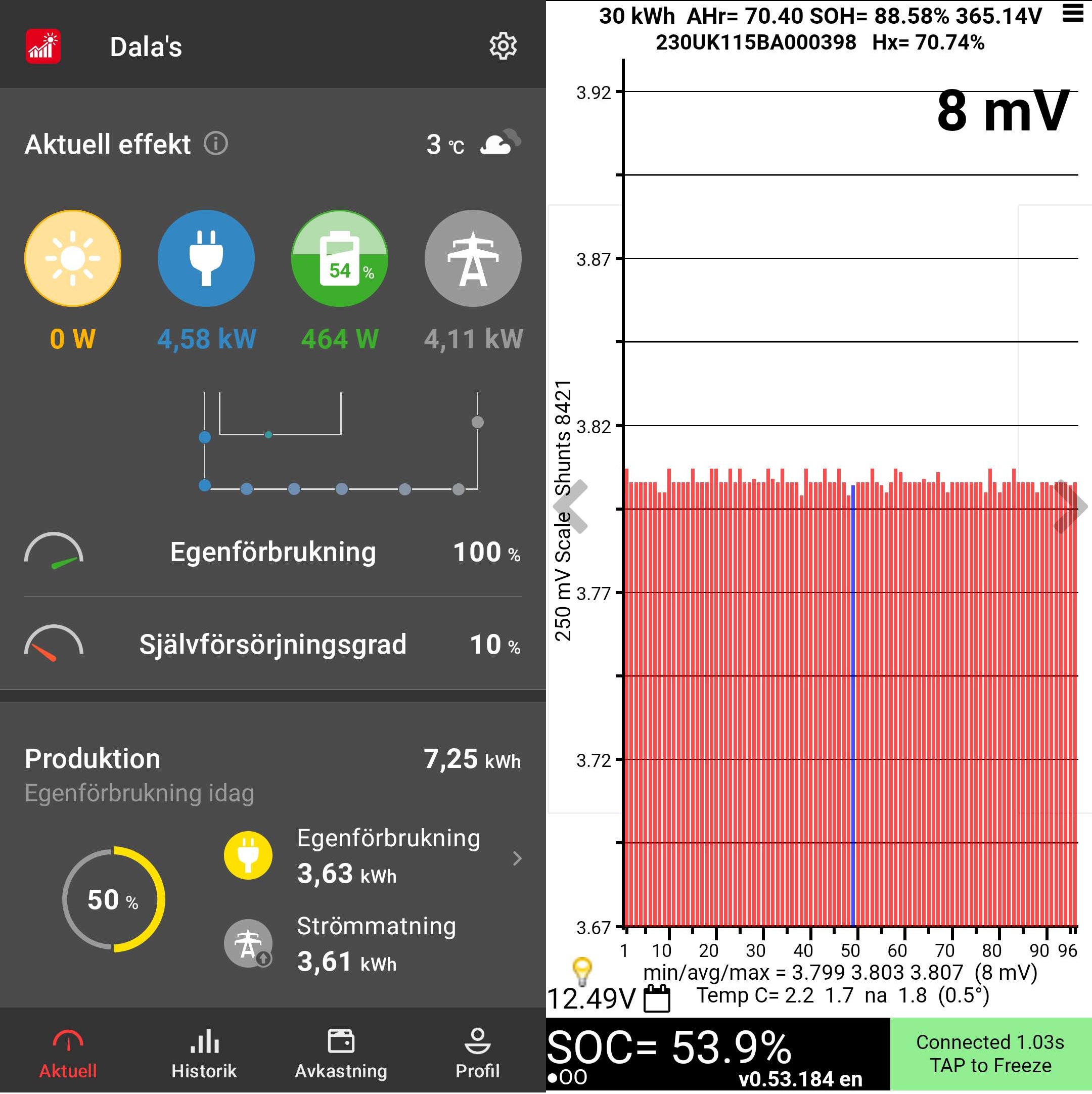Okay finally getting started on constructing a powerwall! Gonna make this one a real step-by-step incase someone wants to copy the setup:
https://www.youtube.com/watch?v=Yr7vzq8PW70
https://www.youtube.com/watch?v=Yr7vzq8PW70

denwood said:My question is on the cell clamping. On three of your cells, you're using the OEM, very stiff cast aluminium end caps. I'm assuming they are stiff like this to resist deformation in the body, which in turn would allow the cells to expand. On the other packs in your setup, you're using a different setup which does not look nearly as stiff. So expansion won't happen at the corners, but can it still occur in the middle of the cell packs?

denwood said:Simply awesome... I suspect a lot of LEAF packs will end up used exactly in this mannerIs this something you might sell as a plug and play solution?
Marktm said:MIght be the best "battery recycle" program - If you can work with Tesla on something similar?
Quick calc on purely SWAG estimate:
- 4 million Teslas on road in US by end of 2022 - all available for "spent" use by 20XX - 2030??
- Average remaining energy for grid support (or off grid) - 35 kWh from 65% to 15% on average "spent" 70 kWh batteries
- 4 million X 35 kWh = 140 billion Watt-hours (just to make it look ridiculously big :mrgreen: )
Do your own math :lol:
PS, hopefully by 2030, Tesla, et.al., will figure out how to recycle highly Li rich spent batteries. Guess we'll see.
This code fits on the LilyGo ESP32 T-CAN485 devboard , see https://github.com/Xinyuan-LilyGO/T-CAN485
You will also need a Nissan LEAF battery, any model year will do
Finally, you will need a hybrid solar inverter that accepts the BYD battery communication standard, for example the Fronius Gen24
MikeinPA said:This is neat--thanks again Dala. SMA fan here, so it is good to see SMA battery inverters talk with BYD HV batteries.
Question--any concerns about holding the Leaf main contactors closed essentially full time? Generating heat?
Dala said:I made a quick walkaround video on my LEAF battery here:
It has now been in service for 2 months, and I haven't bought any electricity at all!
Andrey said:Hi Dala. Maybe a naive question - why not using V2H by Nissan? Then you still have a car.
Using V2H, owners of Nissan LEAF can use their cars as a power source for the household to save money on electricity bills, or as backup power during blackouts or emergencies and support the adoption of renewable energy.
Enter your email address to join: